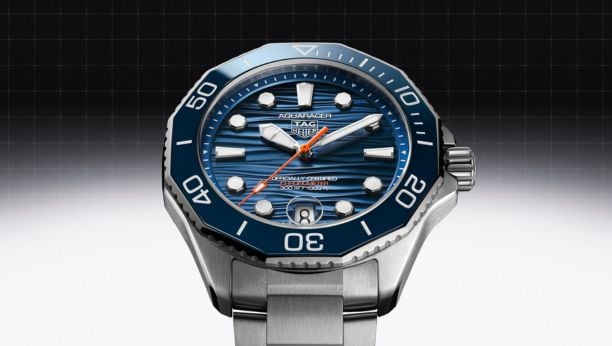1958 TO 1969
THE GOLDEN AGE
1958 marked the dawn of a new era for Heuer. Jack Heuer became the fourth generation Heuer to manage the family company.
The decade would see new chronograph models, innovating designs for legendary stopwatches and dashboard timers dominating the rally world.
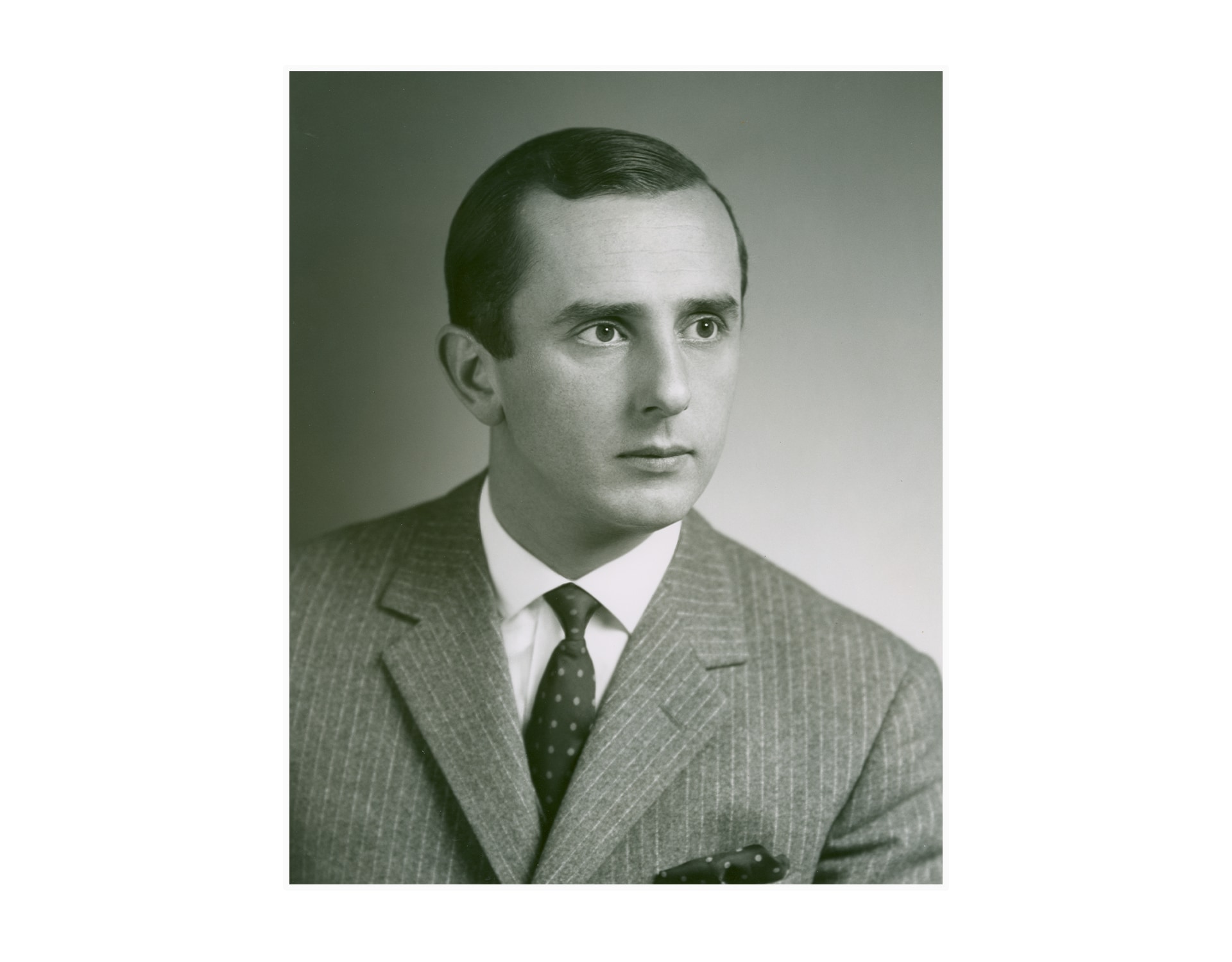
1958
The Fourth Generation Heuer
Jack Heuer formally joined Ed. Heuer & Co. S.A., as the fourth-generation leader of the family business. The company discontinued sales of conventional wristwatches and focused on wrist chronographs, stopwatches and dashboard timing instruments for use in races and rallies. Jack Heuer would lead his company into all forms of motorsports, from the amateur club racers to the Ferrari Formula One team.
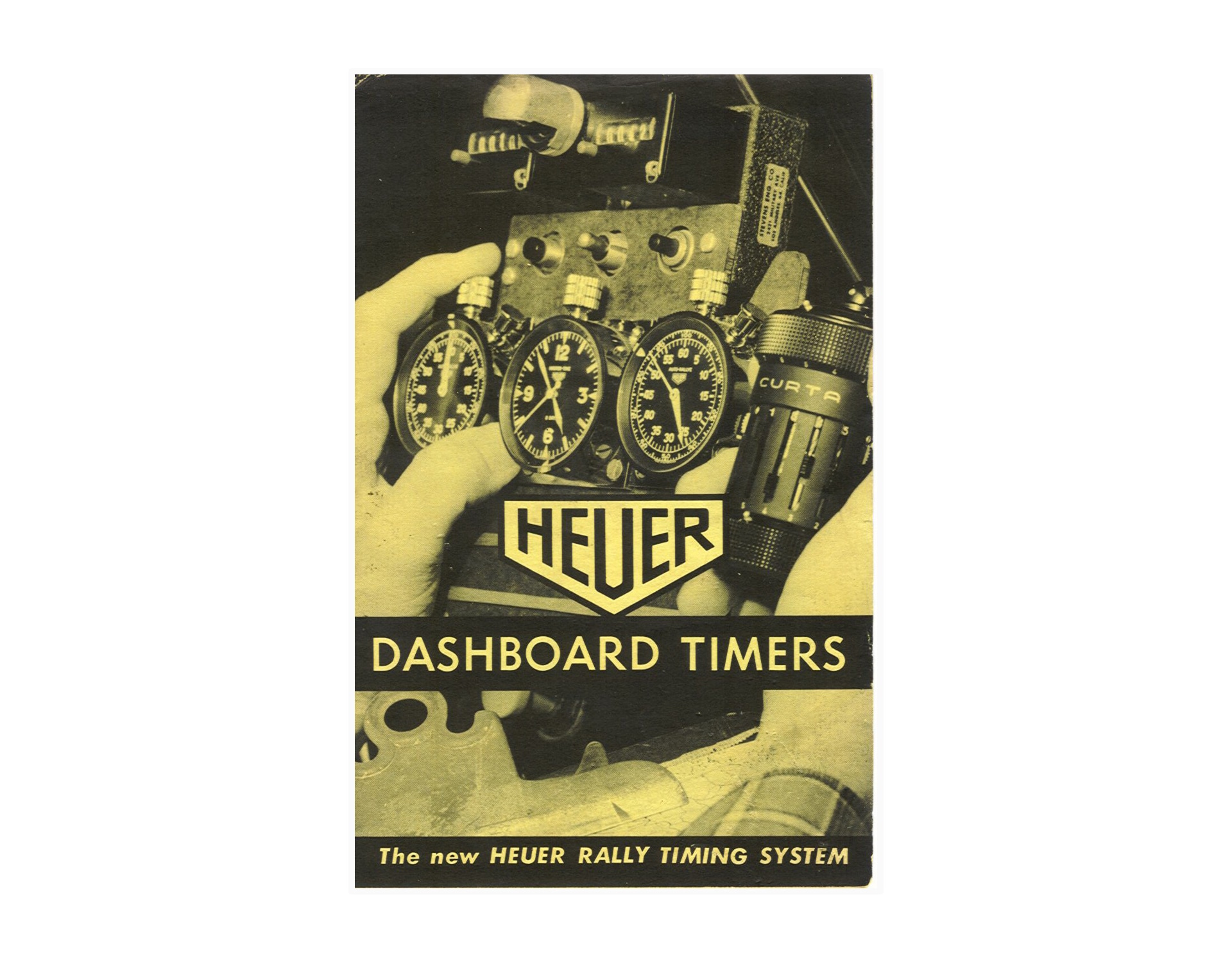
1958
New Designs for Dashboards
In 1958, Heuer redesigned its dashboard timers to improve legibility and introduced innovative new models. The Rally Master pair (Master Time clock and Monte Carlo stopwatch) would dominate the rally world. The Super Autavia is Heuer’s first chronograph for the dashboard or pilot’s yoke, and the Sebring offers split second timing.
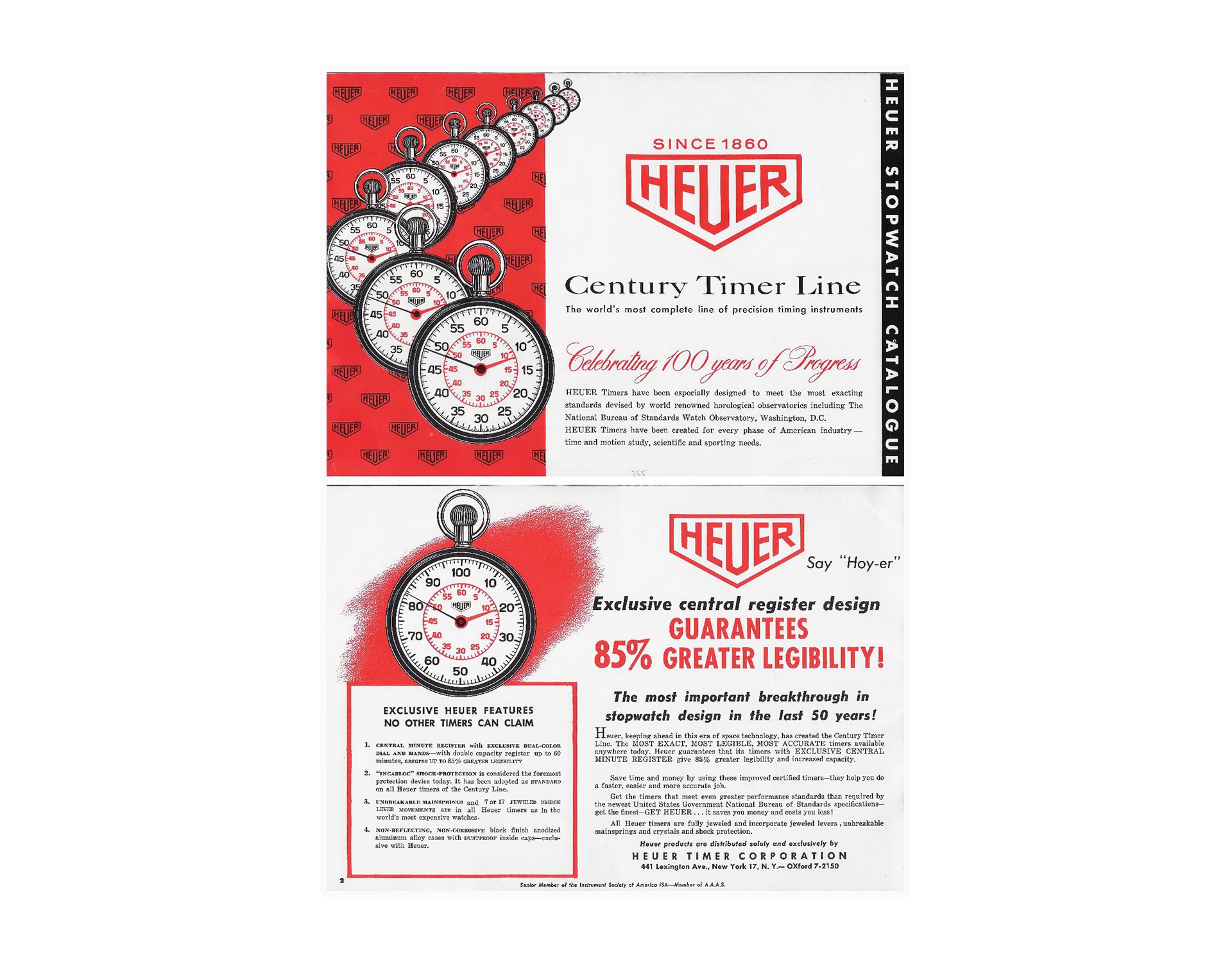
1960
Stopwatch Innovations
Stopwatches were the mainstay of Heuer’s business with a redesigned line-up as the company approached its 100th anniversary. The Game Master was a stopwatch on a wrist strap, suited for referees. In 1960, Heuer celebrates its 100th anniversary by redesigning its line of stopwatches. The “Century” line incorporates central minute register and red / black colors to improve legibility, with a full line of stopwatches for athletics, motorsports and industrial timing.
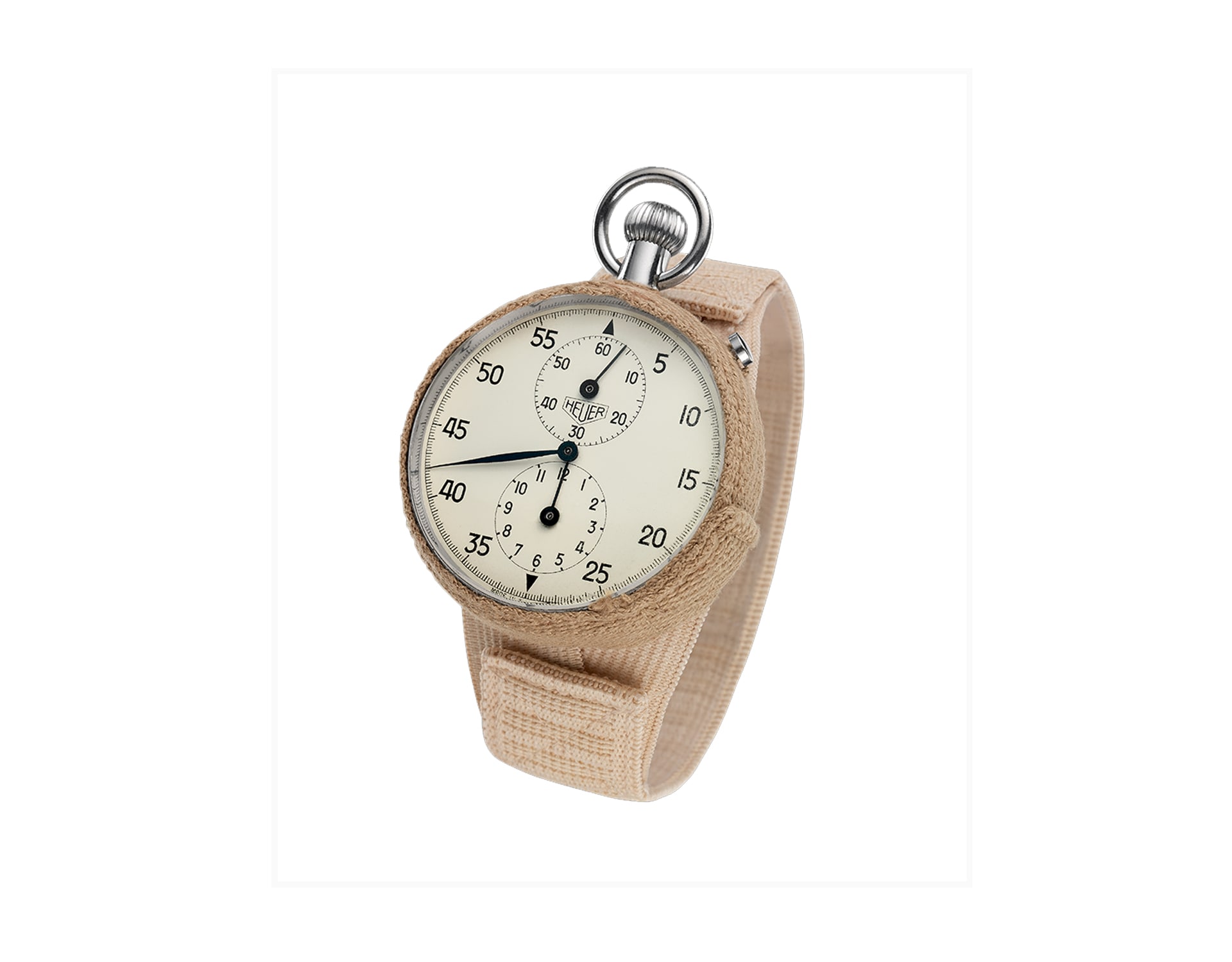
1962
First Swiss Timepiece in Space
On February 20, 1962, astronaut John Glenn became the first American to orbit the earth and the first man to wear a Swiss timepiece in space. A Heuer stopwatch strapped to his wrist timed his 4 hour, 56 minute flight. In July 1969, another Heuer stopwatch would time the descent of The Eagle to the surface of the moon. Both of these Heuer stopwatches are on display in the Smithsonian Museum.
1962
NAMES FOR CHRONOGRAPHS
Historically, Heuer had identified most of its chronographs with only reference numbers, but in 1962 the company began using distinctive names for its models.
The Autavia was the tool for automobiles or aviation. The Heuer Carrera would follow in 1963, capturing the power of a beautiful name, the romance of racing and the purity of design.
1968 would bring the Camaro, using a cushion-shaped case to celebrate a popular muscle car of the era, and the Skipper, a colorful yachting watch.
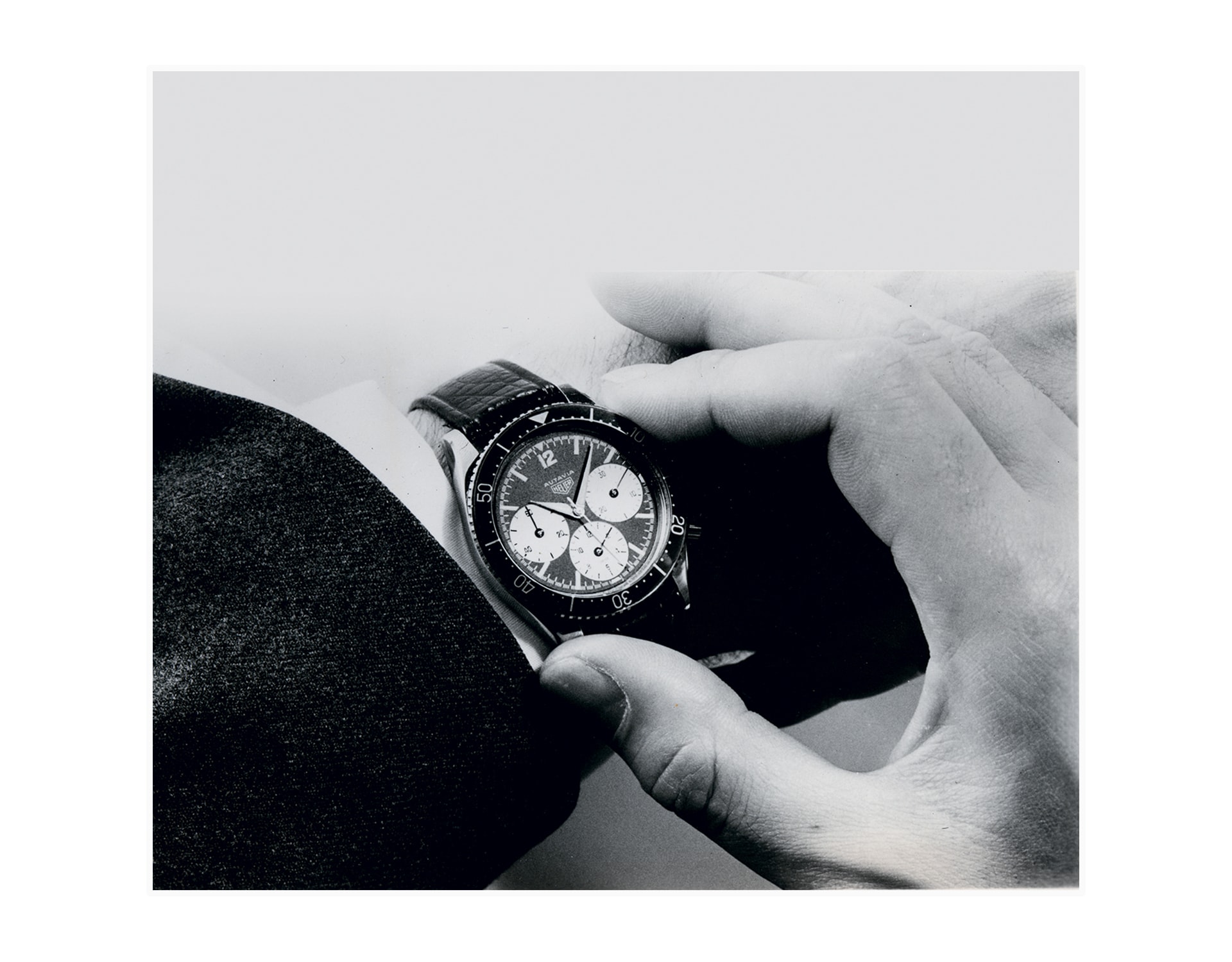
1962
The Tool for Adventure
The “Autavia” chronograph is Heuer’s first chronograph with a Collection name. Taking the name from the dashboard timers of the 1930s, the Autavia incorporates features for AUTomobiles and AVIAtion. Cases have a rotating bezel to track minutes or hours, to indicate speed on a tachymeter scale, or for the traveler to track a second time zone. Over the next two decades, Heuer would offer the Autavia in over 80 versions.
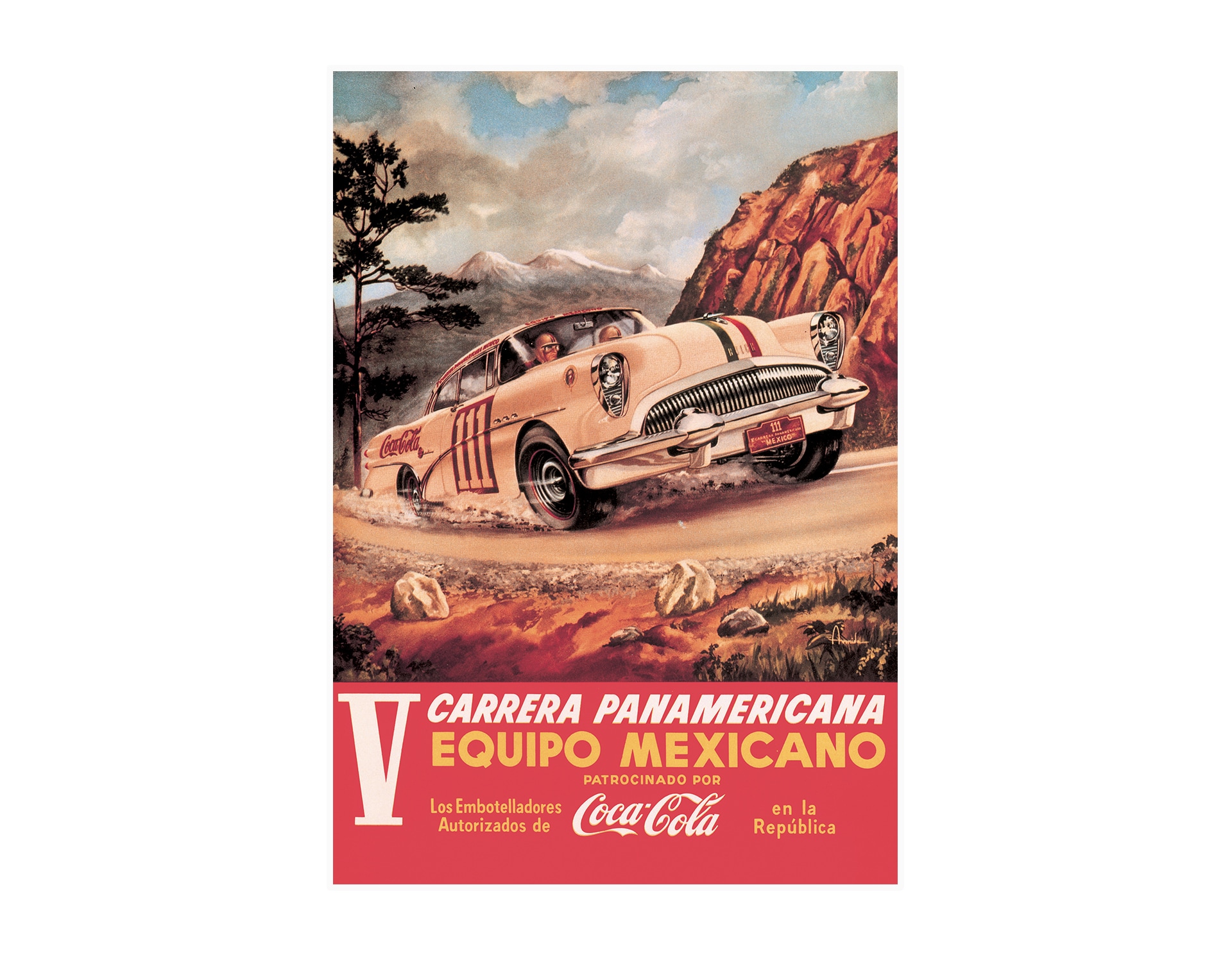
1963
The Romance of Racing
In 1963, Heuer introduced the Heuer Carrera, the chronograph that captured the romance and danger of racing. Jack Heuer took the name from the Carrera Panamericana road race, a border-to-border race staged in Mexico, from 1950 to 1954. The powerful angular lugs of the Heuer Carrera conveyed its strength, and dials were available with scales for tachymeter, decimal minutes or pulsometer. Suitable for the track, sport or dress, Heuer Carreras included triple calendar models and cases in steel or gold.
1964
HEUER ACQUIRES LEONIDAS
In 1964, Heuer acquired Leonidas, a leading maker of stopwatches and chronographs.
The Leonidas acquisition greatly expanded Heuer’s line of stopwatches.
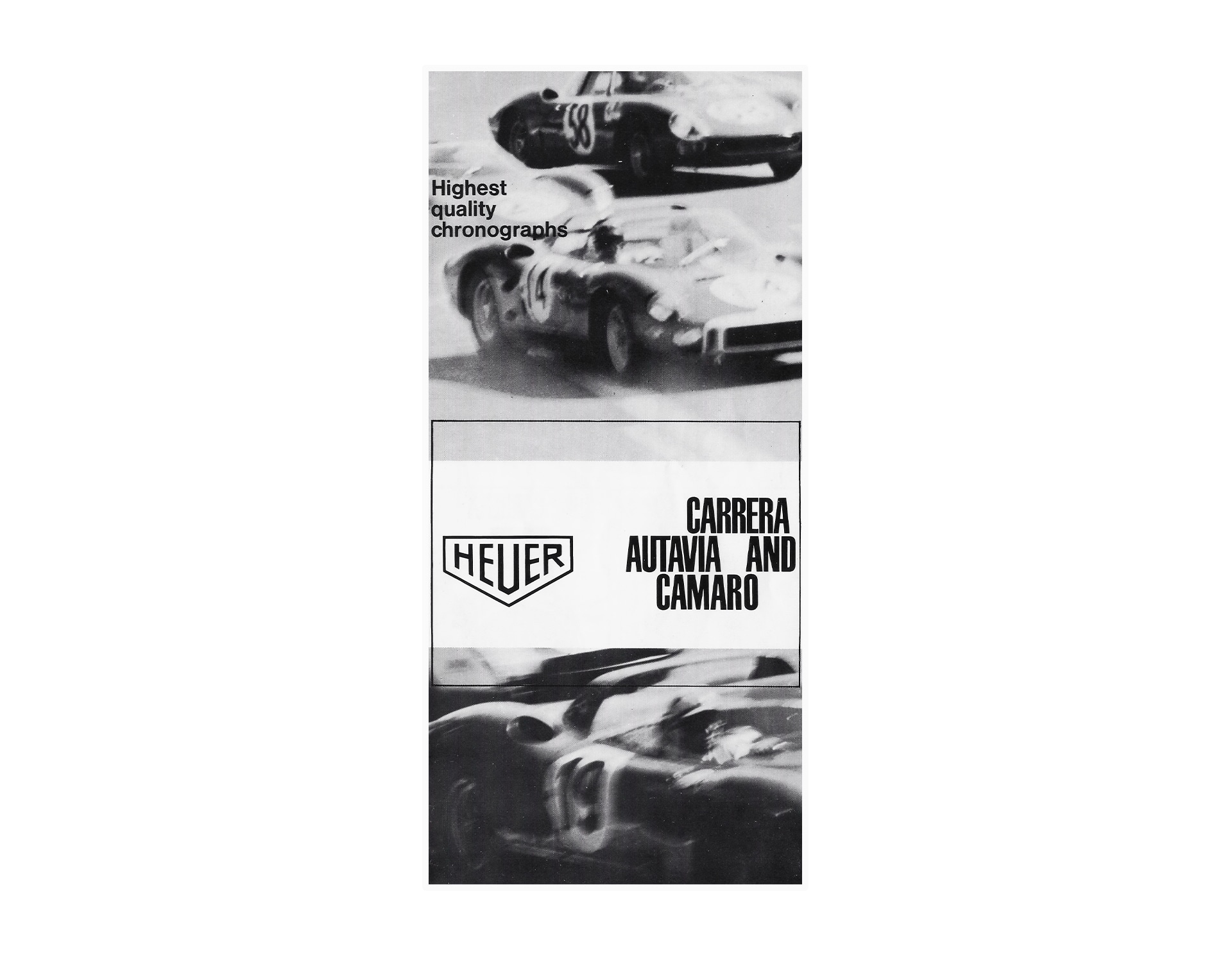
1968
The Shape of the 1960s
In 1968, Heuer introduced the Camaro, with an entirely new cushion-shaped case, the brand’s first move away from traditional round cases. The Camaro was popular with racers, most models being offered with a tachymeter scale on the dial. Production continued into the early 1970s, with almost 50 models of the Camaro being offered, all of them with manual-winding movements. The cushion shape is to be considered as the forerunner of the square Monaco.
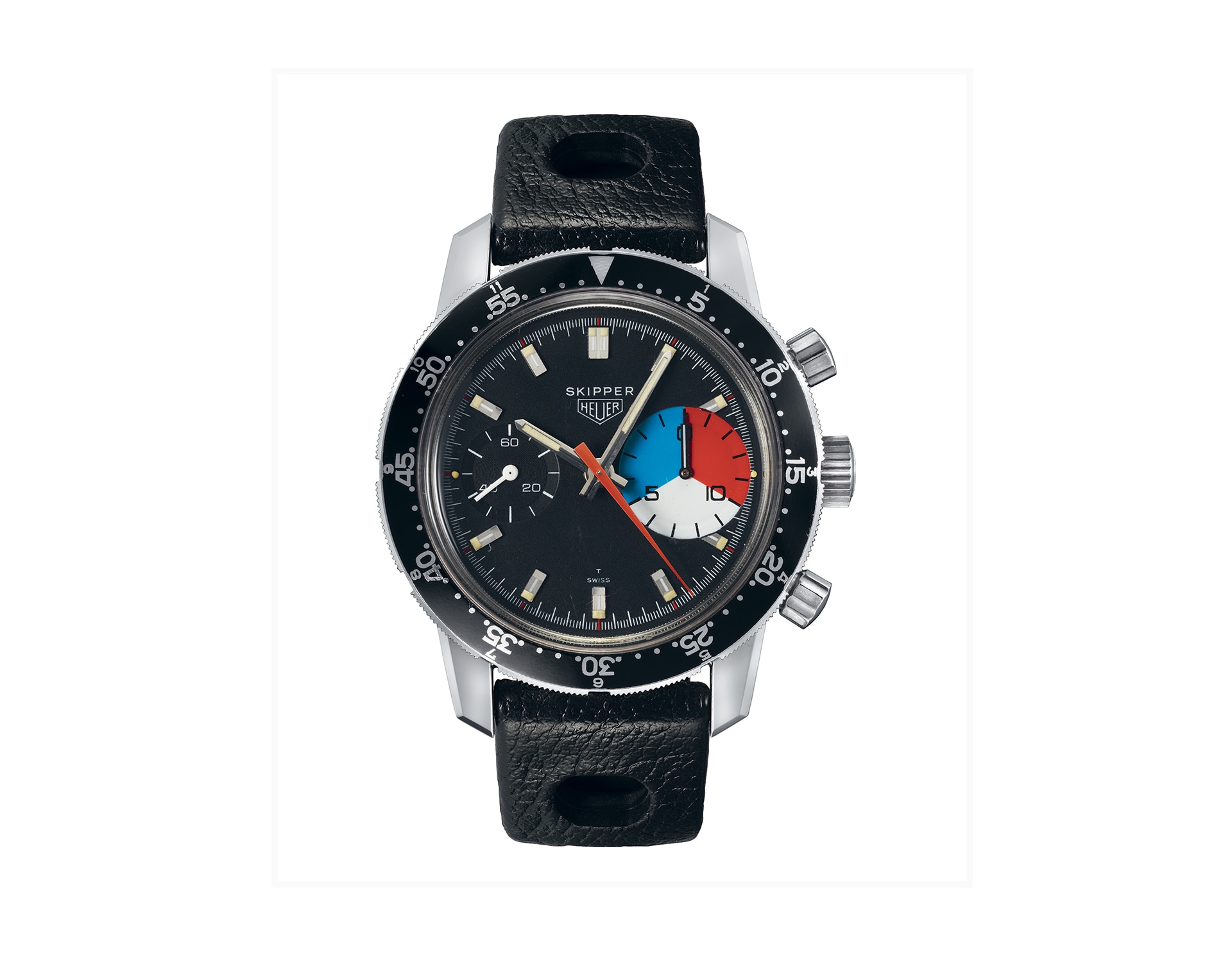
1968
Skipper for Yacht Racing
Heuer provided the timing equipment used by the yacht Intrepid, when it defended America’s Cup off Newport, Rhode Island. To celebrate the victory, in 1968, Heuer created a new chronograph, with colors matching the Intrepid. The dial displayed vivid blue, orange and green tones, with a 15-minute count-down recorder. Eight models of the Skipper would be offered over the next 15 years.
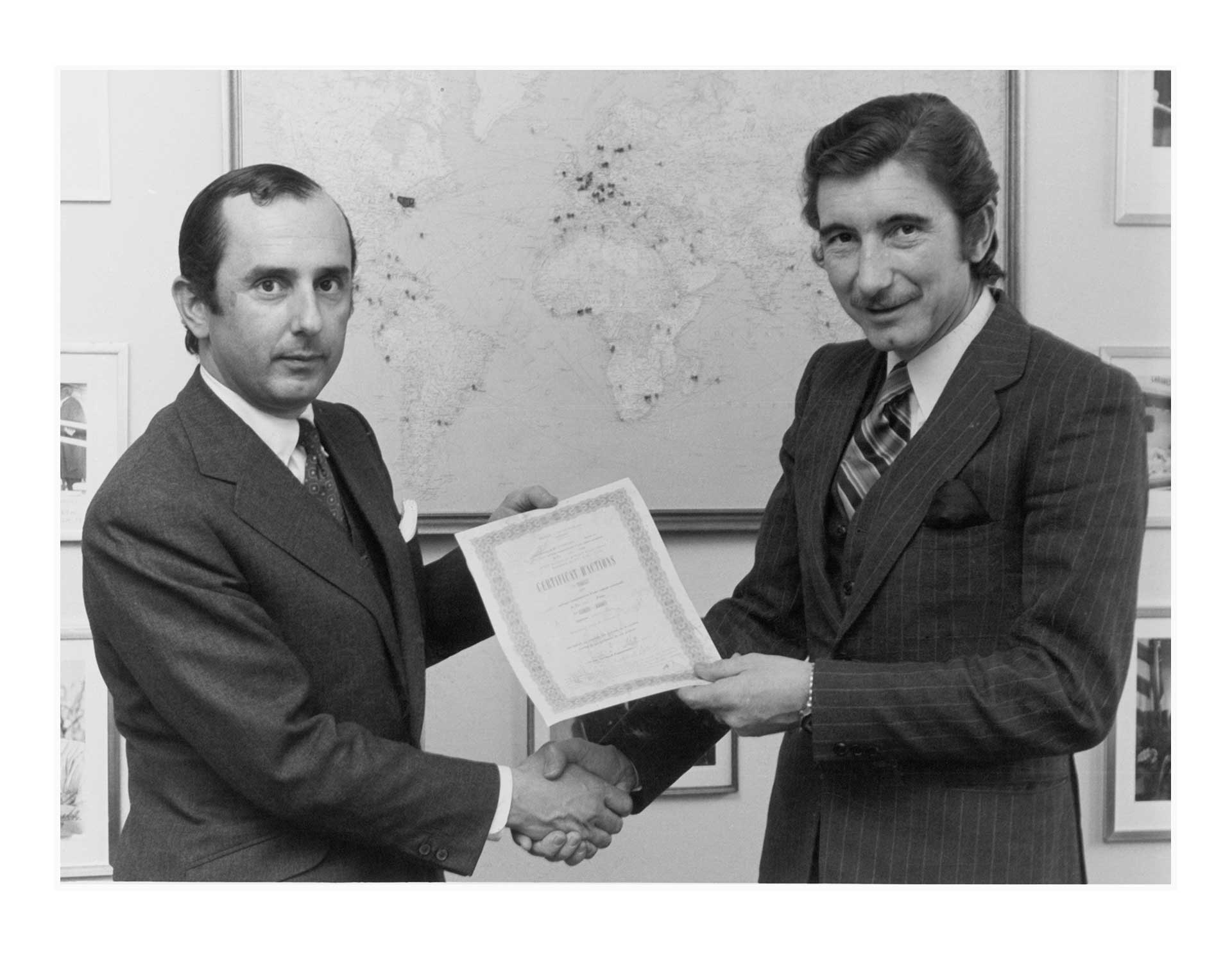
1969
Acceleration into Motorsports
Through its sponsorship of Swiss Formula One hero Jo Siffert, Heuer became the first non-automotive logo to appear on a Formula One car. The engagement with Formula One would gain a higher profile two years later, when Heuer became a sponsor of the Ferrari Formula One team, with drivers Mario Andretti, Jacky Ickx, Niki Lauda, Clay Regazzoni and Gilles Villeneuve all wearing Heuer chronographs. Jack Heuer presented each of these drivers with an 18-karat gold Heuer Carrera.



